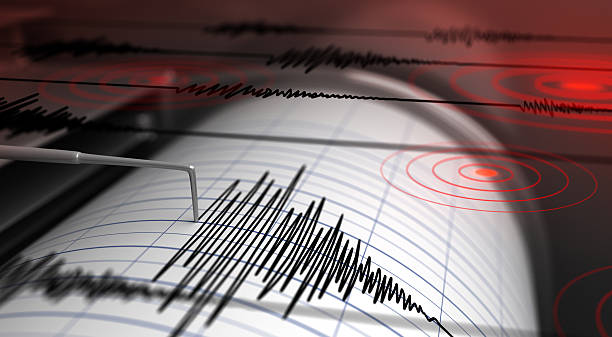

INTRODUCTION
Recent events have demonstrated that ceiling damage can result in the loss of property and functionality, as well as injury or even death. This can occur at shaking levels that are less than necessary to cause evident structural damage. Although it is widespread in India, there is not sufficient seismic design or efficient installation of many suspended ceilings damaged by earlier earthquakes. The irregularity of the limit status employed in the ceiling design is also a growing concern.
The suspended ceilings are both acceleration and displacement sensitive architectural components. They are classified as perimeter fixed or floating systems depending on the structure and load-bearing system. As shown in Fig. 1, the perimeter-fixed suspended ceiling is attached on every side of the structure around. This setup was later adjusted to be fastened on two sideways while the two other ends on the outer support are free. (Fig. 1) This layout transfers the inertial force created by the ceiling system to perimeter attachments, which make them the most vulnerable components of the system. The floating suspended ceiling as illustrated in Fig. 1(c) is supported by braces to the structure above and is therefore separated from the surrounding construction. The bracing system carries the forces and accelerations from the upper floor.